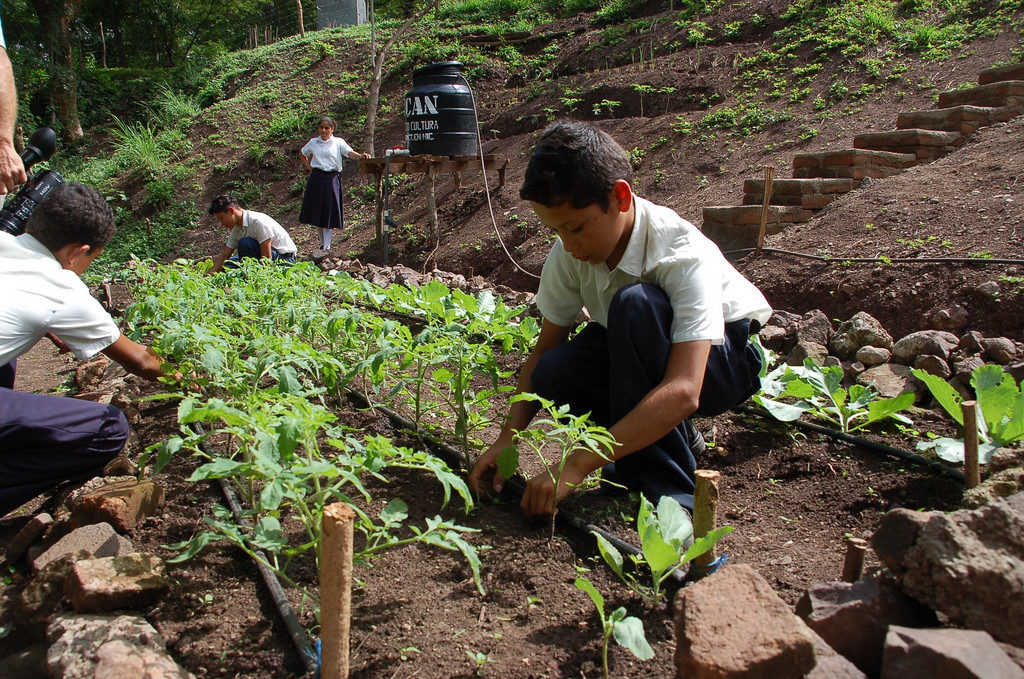When you write a project proposal, the donor will always ask you for the project activities you plan within the framework of your project. While it seems intuitively clear what activities are, you have to have a deeper understanding of their meaning in proposal writing. A well designed set of activities can be the difference between a failing and a succeeding proposal.
Project activities are actions undertaken by the project to achieve the set objectives. They are very concrete actions that are practical and well defined. When you read a description of project activities, you should immediately be able to picture the project in your head without any confusion.
Some examples for activities in a project proposal
Activities are typically designed according to the project’s strategy and the objectives. To achieve one objective, a project will most usually carry out a couple of activities. Activities can include:
- Training workshops, street shows, rallies etc.
- Staff selection, staff training etc.
- Baseline survey, participatory rural appraisal (PRA) and focus group discussion (FGD)
- Conferences, meetings, articles, and publications
- Establishing shelter homes, counseling and legal support
- Forming self-help groups and cooperatives
- Building irrigation tanks, demo plots etc.
To be most effective, all project activities should be grouped into a coherent strategy and closely align with project objectives. However, activities should not be confused with objectives. Objectives describe what a project wants to achieve, while activities give more information about how this should be achieved. They are action-oriented and describe something, that will be done.
How does defining clear activities help me to write a proposal?
The donors want to see clear activities in a project proposal to be able to picture and envision the project. Well defined activities also show, that you have a good and cohesive plan for your project on the practical level and do not only talk about it on the meta level.
Activities also help you determine your projected results. A completed activity produces an output. This can also be very helpful in talking about indicators and monitoring and evaluation, as well as thought out activities, are easily measurable.
Also important to remember is that while activities may be of central importance to project planning, donors often take a more holistic view of activities.
To understand more about what that actually means, don’t forget to read this article: What donors want to see in project activities.

